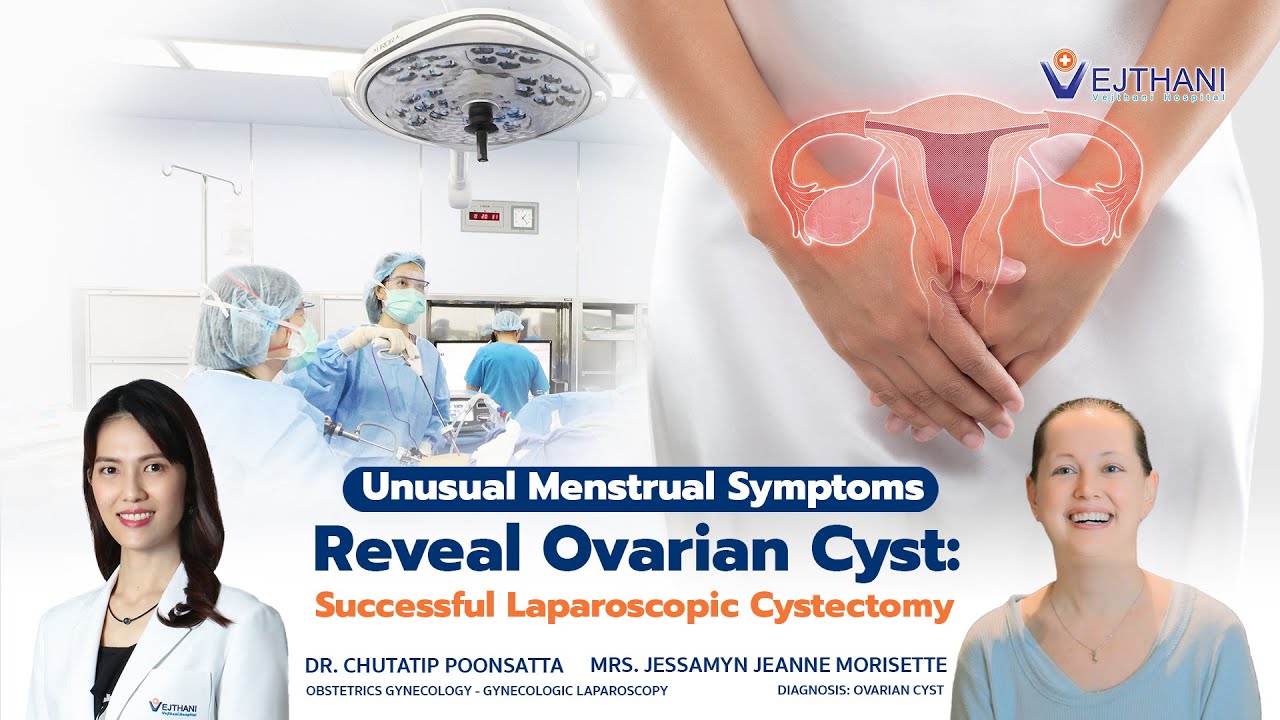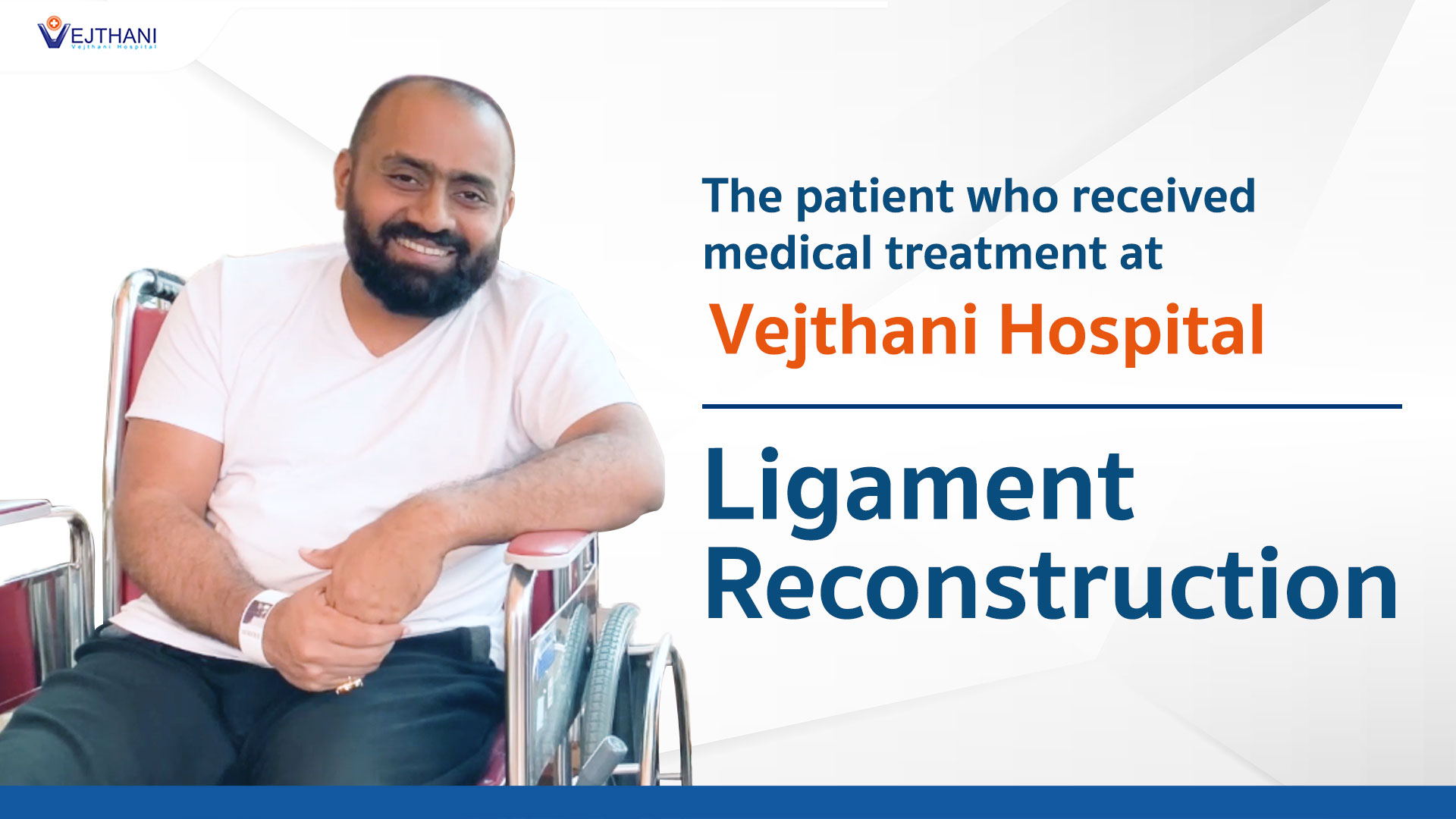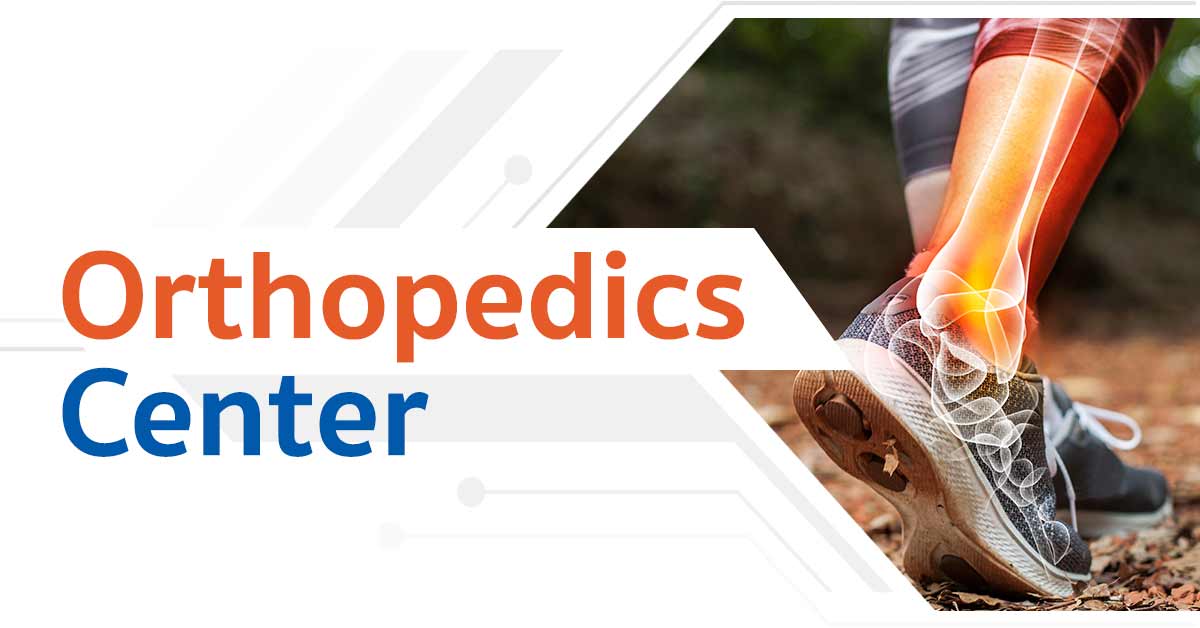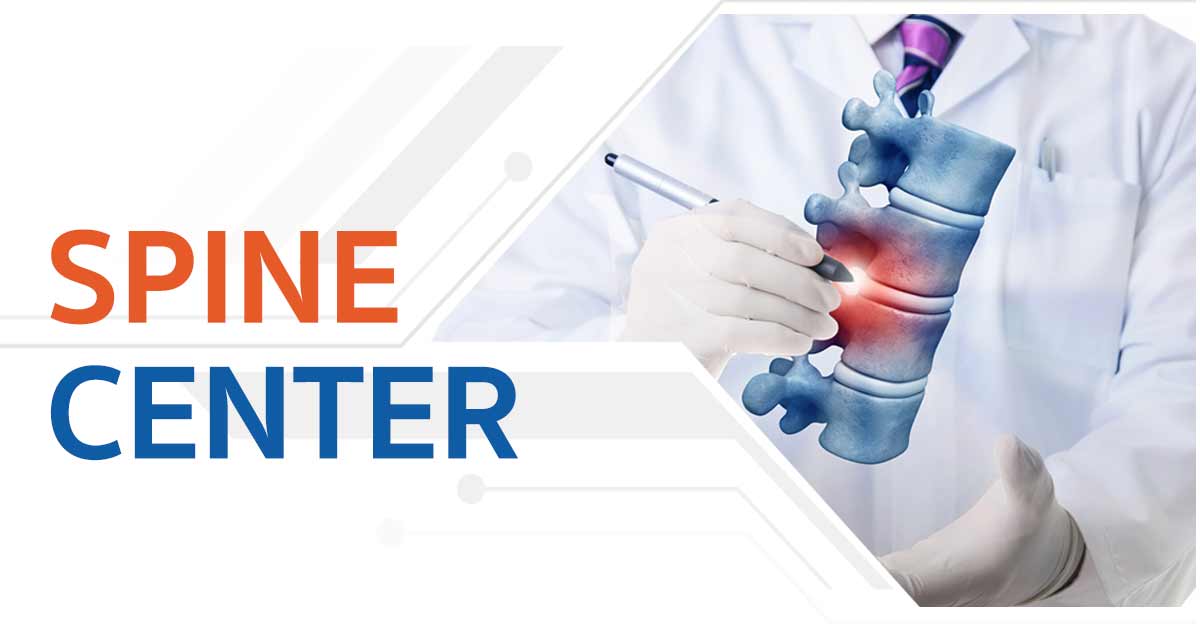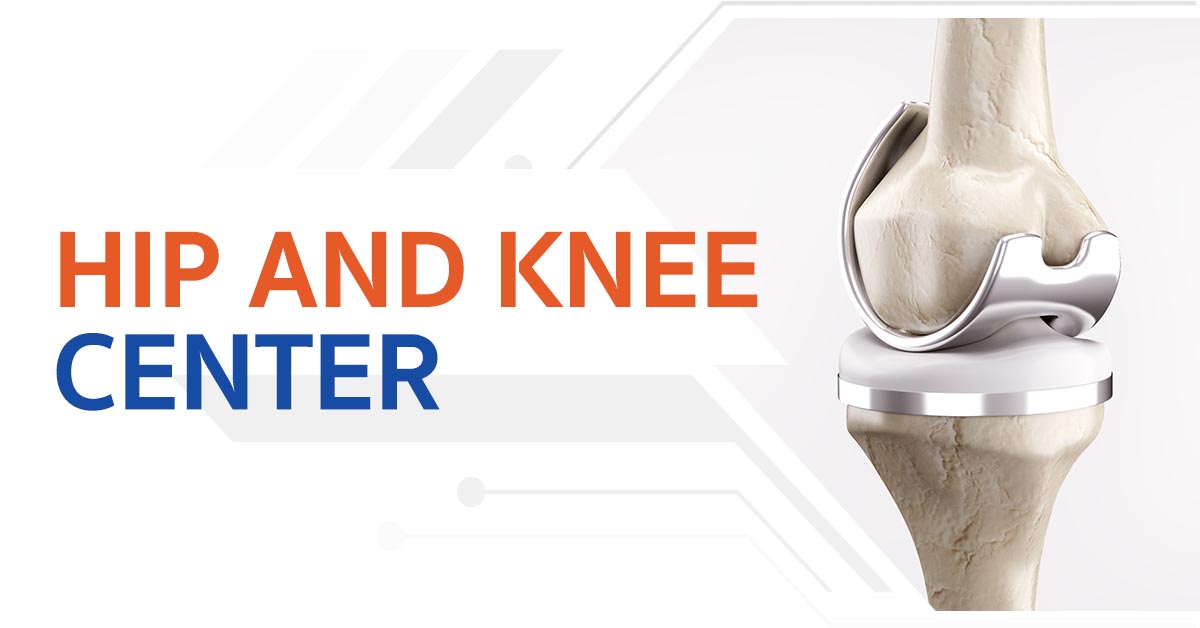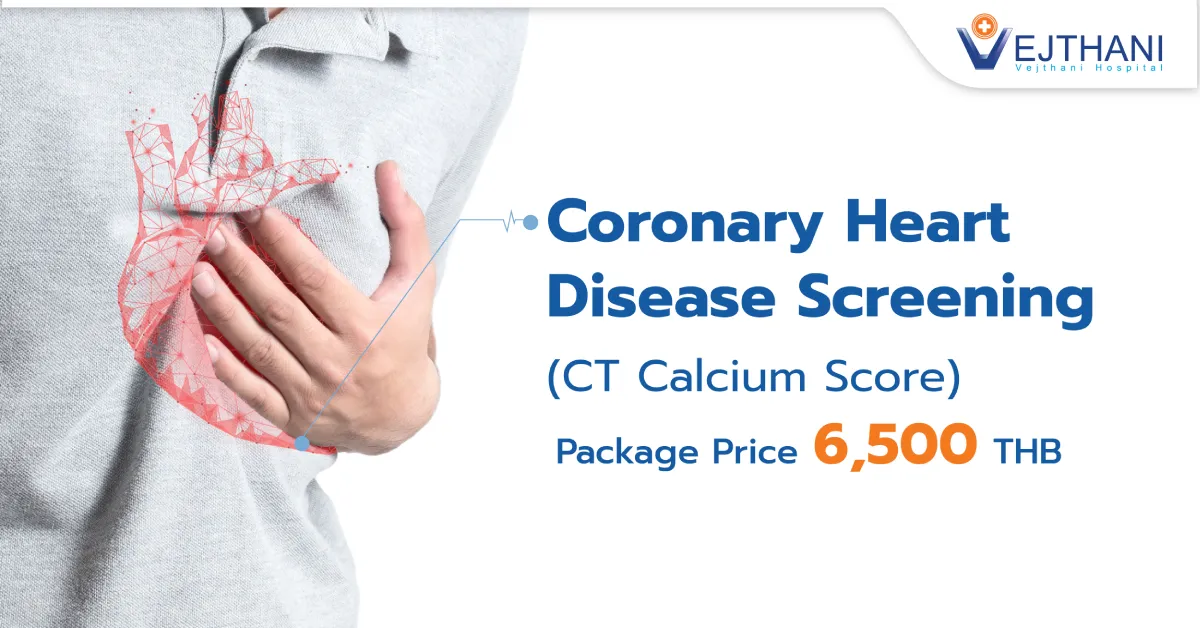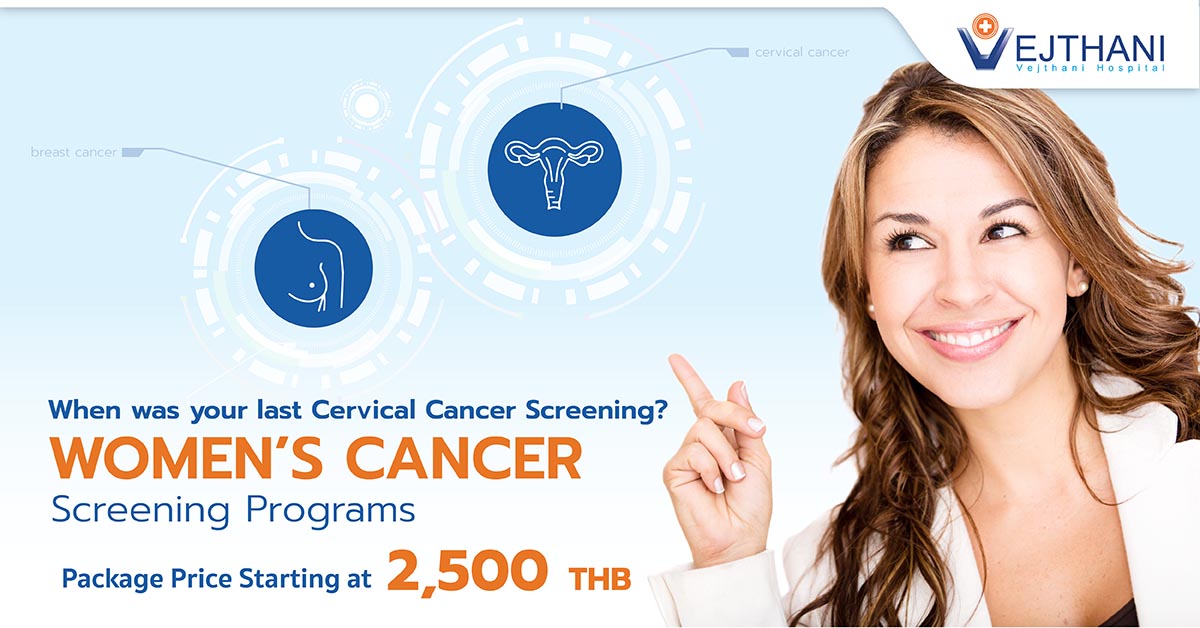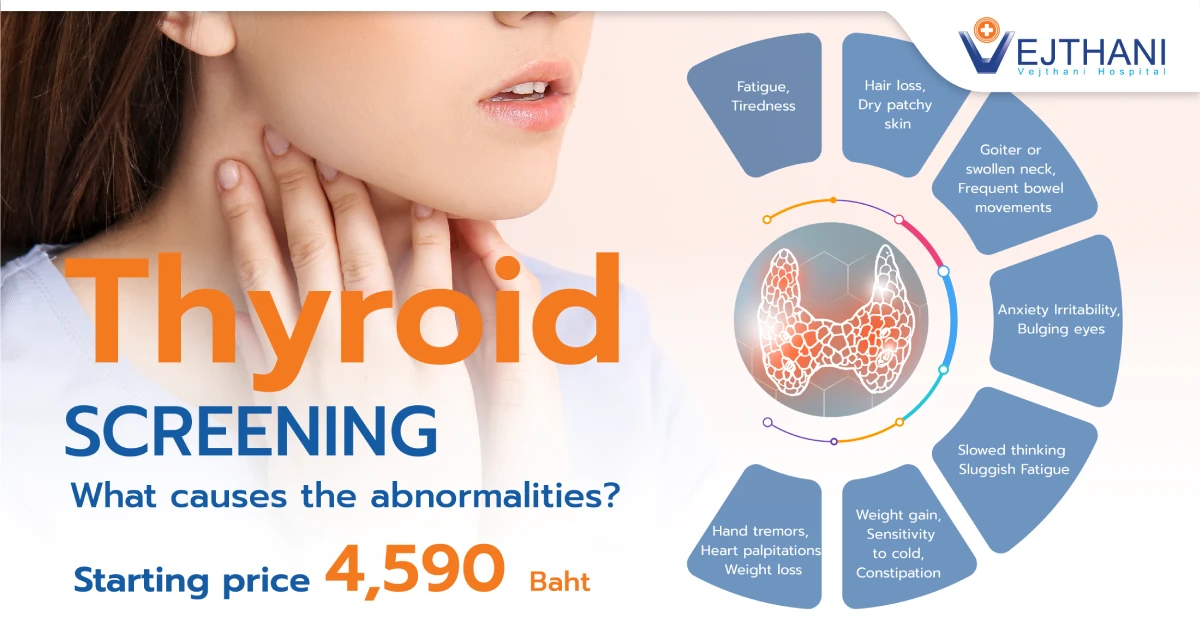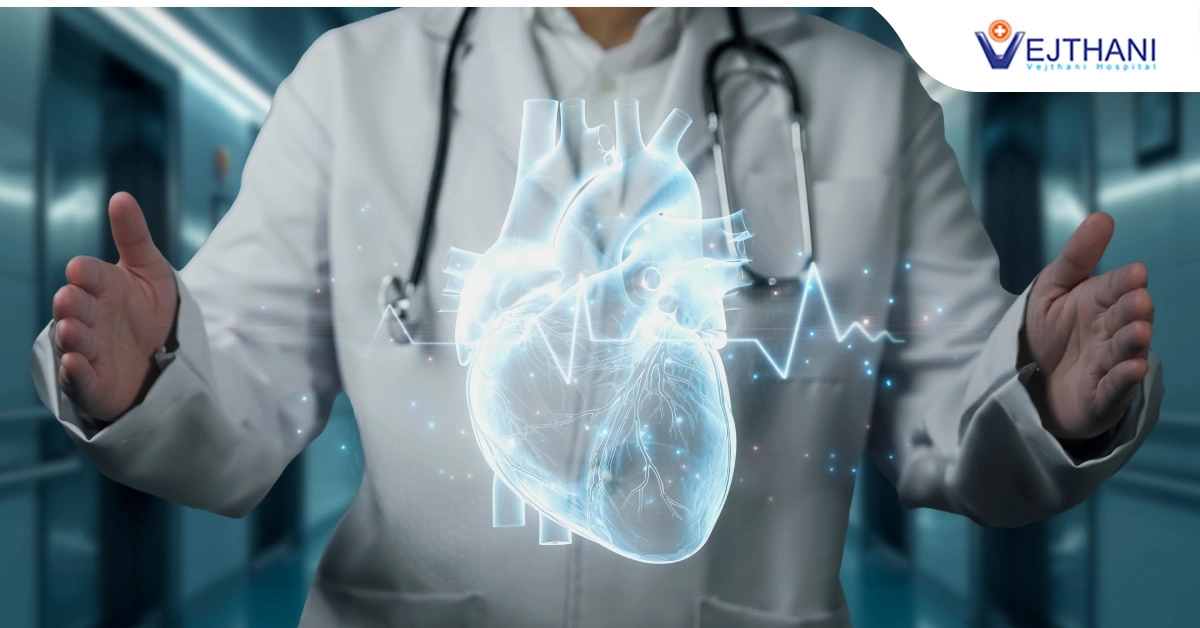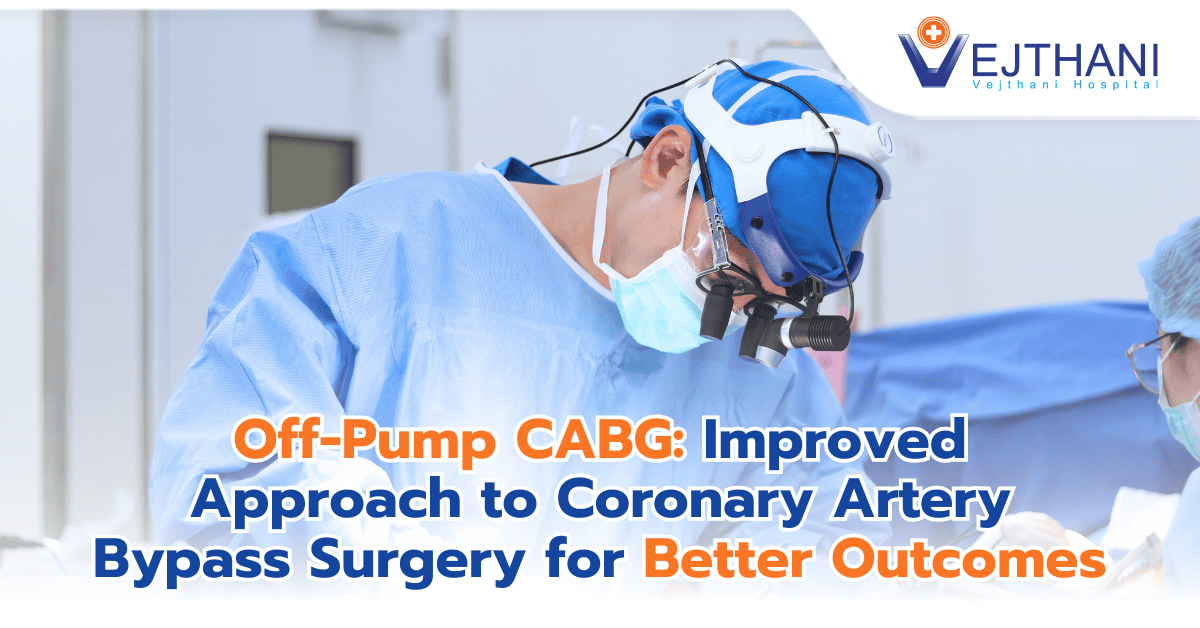
Atrioventricular canal defect
Overview
Atrioventricular canal defect is a congenital heart disease that causes many issues in the center of the heart, including an unnatural hole in the wall between the heart’s chambers.
This heart defect may also affect the valves that keep blood flow in the correct directions, therefore leading to too much blood flowing to the lungs. If you leave the atrioventricular canal defect untreated, the irregular blood volume can make the heart work harder, causing an enlargement of the heart muscle, heart failure and pulmonary hypertension.
In most cases, a doctor treats atrioventricular canal defect with surgery to close the hole in the heart and repair the valves when the baby is not yet over one year old.
Atrioventricular canal defect is sometimes called atrioventricular septal defect or endocardial cushion defect. There are many cardiac disorders that can lead to the development of this disease.
Symptoms
The symptoms of atrioventricular canal defect will vary depending on the size and location of the defects. There are two types of atrioventricular canal defects:
- Complete atrioventricular canal defect: This types contain large defects in the center of the heart which affects all four chambers and tend to have the following signs and symptoms which appear within a few weeks after birth, and are similar to heart failure:
- The lips and skin turning blue
- Heart palpitations
- Shortness of breath or breathing difficulty
- Swelling of legs and feet.
- Tiredness or fatigue
- Inability to work out
- Loss of appetite
- Difficulty in gaining weight
- Partial atrioventricular canal defect: In most cases, this defect causes a hole in the wall of only either the two upper or lower heart chambers. This means the disease rarely affects all of the four chambers. Of the two valves between the upper and lower chambers in the heart, the disease tends to cause the mitral valve, which lies between the left atrium and the left ventricle, to work improperly.
Signs and symptoms are not noticeable until early adulthood or cardiac complications develop such as high blood pressure in the lung, heart failure or heart valve problems. Signs and symptoms of partial AVSD can include:
-
- Heart arrhythmia
- Shortness of breath or breathing difficulty
- Chest pain
- Dry cough
- Swelling of legs and feet
- Loss of appetite
- Tiredness or fatigue
- Inability to work out
Causes
The cause of atrioventricular canal defect is unknown, but they usually come from an abnormal development of the heart that occurs while the infant is in the womb. It is commonly found in babies associated with Down’s syndrome, a genetic condition caused by an extra chromosome (also called trisomy 21).
It is recommended to understand how the heart works before getting know what may cause a congenital heart defect. Our heart has four chambers in total. The first two chambers are called the atria, located in the upper area of the heart, while the other two chambers are called the ventricles, located in the lower area.
In the heart, blood is pumped from the right side into vessels that are connected to the lungs to absorb oxygen. The blood then flows back to the heart in the left side. After that, the heart pumps the blood into the aorta, which is the body’s main artery, to deliver blood to organs around the body.
Heart valves keep blood flowing in the correct directions at the proper time between heart chambers. When a valve is opened, blood can flow through. When it is closed, blood that has moved past it cannot flow back to the previous chamber.
Complete atrioventricular canal defect:
- This type of the disease that allow blood from the lung (oxygen-rich blood) to be mixed with the blood from the body (oxygen-poor blood) due to the presence of a big hole in the center of the heart.
- This hole occurs where the walls separate the two upper chamber (atria) and two lower chambers (ventricles).
- One large valve between the upper chambers (atria) and lower chambers (ventricles) instead of the normal two.
- A patient suffers from blood leakage into the lower chambers (ventricles) due to the irregular valve causing an enlarged heart as it works harder.
Partial atrioventricular canal defect:
- This type of disease involves a hole between the two upper chambers (atria), which also affects the valves (usually mitral valve).
- The valve does not close properly, causing blood to flow in the wrong direction.
Risk factors
There are the risk factors that may increase the risk of atrioventricular canal defect:
- Down syndrome
- Infection during pregnancy in early weeks with a virus such as Rubella
- Uncontrolled gestational diabetes
- Alcohol consumption or smoking during pregnancy
- Consuming some medications while being pregnant
- A family history of a congenital heart defect
